|
There's a general feel that things are a bit late this summer in terms of returning gulls. Certainly that seems to be the case with Yellow-legged Gulls, as alluded to in my last post, but also the relentless westerlies of July seem to have stemmed the westward march of Caspian Gulls, too. Still, a few began to pop up after the first in (where else but) Norfolk on 21st. It was welcome to see Rich pick up the first London juvenile on 23rd. So, all of a sudden, I felt confident for the weekend. Arriving at the pier mid-afternoon on Saturday, it became apparent that it wasn't going to be a vintage session. Overall numbers were quite high, particularly when birds left the tip (which closed around 1 pm), but the Yellow-legged tally was down on the previous weekend and it just didn't 'feel' like a productive day. Greenhaven Drive was also a bit poor, and it was absolutely tipping it down by the time I returned to the pier late afternoon. Several more loaves went into the Thames and then, after some time (yet quite suddenly), the distinctive sound of a young Casp came from within the melee. And there it was. It's often the way, they sneak in unnoticed and, when the bread is shelled out, you hear them before you see them. It quickly transpired that this was the bird from 23rd, with a very impressive bill on it and the same nick out of the greater coverts on the left wing, plus the obvious individual features in the rump and tail pattern. Last year, I had my first juvenile Caspian of the summer on 28 July. Several more followed in the first half of August, all giving great views at the pier. Hopefully 2020 provides a similar story!
0 Comments
I've been down in London a little more of late, which means gulls are back on the cards. July brings with it the start of a new season of gull watching in the capital, with the first juvenile Yellow-legged Gulls really marking this as they begin to arrive in the opening days of the month. Numbers of this species and our commoner residents begin to swell as July progresses, with returning adults accompanied by a good crop of fresh youngsters. In short, it's a dynamic time to be birding on the Thames. Rich, Jamie and Dante scored a June juvenile Yellow-legged this year, when they had one fly through at Thamesmead on 28th. That aside it's proven a relatively slow build-up for this species, with cool westerlies dominating the opening couple of weeks of July and stemming the usual flow of michahellis into the capital. In fact it was only on 16th, after a couple of blank outings, that I finally clapped eyes on a juvenile Yellow-legged at Erith Pier. By Sunday, a much-improved picture saw Rich and I tally 20 birds at the pier, including 17 juveniles. More of what you'd expect. The early signs would suggest it's set to be a better year for Mediterranean Gulls, with a greater proportion of juveniles coming and going up the Thames in mid-late July. Last year was a poor summer for breeding success among both these and Black-headed Gulls, with parts of Europe suffering a particularly wet season and this seemingly having a knock-on effect on productivity. Of those seen in recent days, one at King Henry's Wharf on 19th wore a white ring '3461'. Slightly unsurprisingly, it had been ringed in June near Antwerp, Belgium. The signs were that things were hotting up yet further when I visited Rainham with Niall and Rich on 23rd. At least 55 Yellow-legged Gulls, most of which were juveniles, plus adult and second-summer Caspian Gulls. Rich later gripped us off with the first juvenile Casp of the year at Erith Pier at high tide. Highlight of the day, though, was an unringed White Stork that seemed to lift off Rainham tip at around midday and, after gaining height, drifted off south towards Crayford Marshes. It is presumed to be one of three birds from the White Stork Project, which have also been seen at Bowers Marsh in Essex and latterly at Crayford. The other two wear the project's coloured darvic rings.
Birding in June quickly died down locally, although the breakdown of the spring's dry conditions eventually happened in the opening week of the month, with the rain and heavy cloud producing some nice visitors, including two patch ticks for me. The month opened with a Common Quail singing for around five minutes in barley fields north of Wader Pit early on 1st, followed by a second-calendar-year Red Knot late evening on second. Then, early on 3rd, my first-ever BLGP Little Tern was an exciting arrival, although it was typically brief. Flushed by a Lesser Black-backed Gull, it flew around the pit calling for a few minutes before motoring off to the north-east. On 7th, another patch tick – a Spoonbill – flew through (after leaving Deeping Lakes around 15 minutes previously, thanks to Hugh Wright for the tip off!). The latter then settled at Baston Fen for a couple of days. Two different male Garganey made appearances during the first half of June, with one regularly spending the afternoons dozing on the east bank of Wader Pit. Things naturally quietened after 10th, although two Black Terns on 13th were a nice midsummer surprise. The first Green Sandpipers were already moving back through by the second half of the month, and a count of nine Common Sandpipers on 30th was amazing for June. With a major invasion of Rosy Starlings underway, especially early in the month when they were still arriving, I spent quite a lot of time cycling or driving around housing estates and other suburban settings during June. Lots of scenes like the below – but no pink prize, of course. With birding taking a back seat, attention switched to orchids and insects. I did plenty of moth trapping throughout June, with some decent catches enjoyed including Lime Hawk-moth and numerous Eyed Hawk-moths in the Langtoft garden, plus other entertaining beasts such as Leopard Moth, Small Ranunculus and various beautiful 'micros'. I found good numbers of Bee Orchids at BLGP this year, although unfortunately many were bulldozed by ongoing quarry workings before I had the chance to transplant them. I did manage to rescue a couple, though, and there were plenty more flowering safely some way away from the works. The dry spring had evidently restricted numbers at Swaddywell Pit, where they were both a bit weedy and few in number. A visit to Leicestershire on 6th found three Frog Orchids flowering at the only known site in the county, although they were inconspicuous and somewhat singed from the hot weather. A stop at a nearby site in south Lincolnshire produced a couple of Greater Butterfly Orchids in flower, although the strong winds had caused the largest to be rather floppy and limp towards the top. After such a glorious spring, June proved a bit of a poor month weather wise. Days were often cool, cloudy, windy or a concoction of all three. Nevertheless, there were some brighter days and I made the most of these to look for Purple Emperors at Castor Hanglands. They don't very co-operative here, rarely floating down to earth in the manner that so many seem to enjoy at established sites like Fermyn Wood, but with patience it was possible to enjoy nice flight views of battling males, and a female that briefly came down to head height. Earlier in the month, I had an overdue butterfly tick in the form of Black Hairstreak. I had intended to try them at a few local sites, but decent weather wasn't in particularly plentiful supply.
|
This pageThe musings of a wildlife enthusiast, usually armed with his camera. Archives
May 2024
|
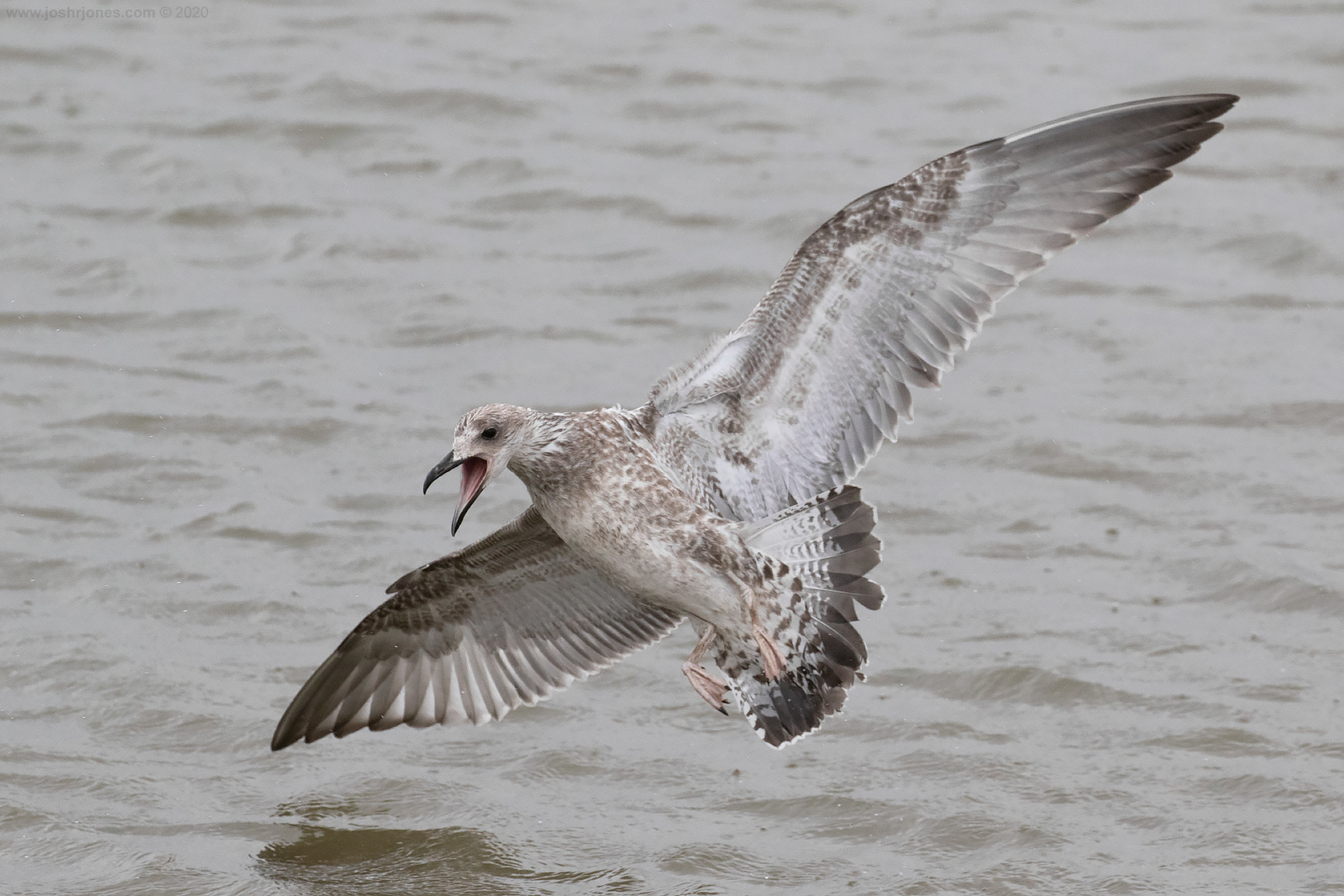
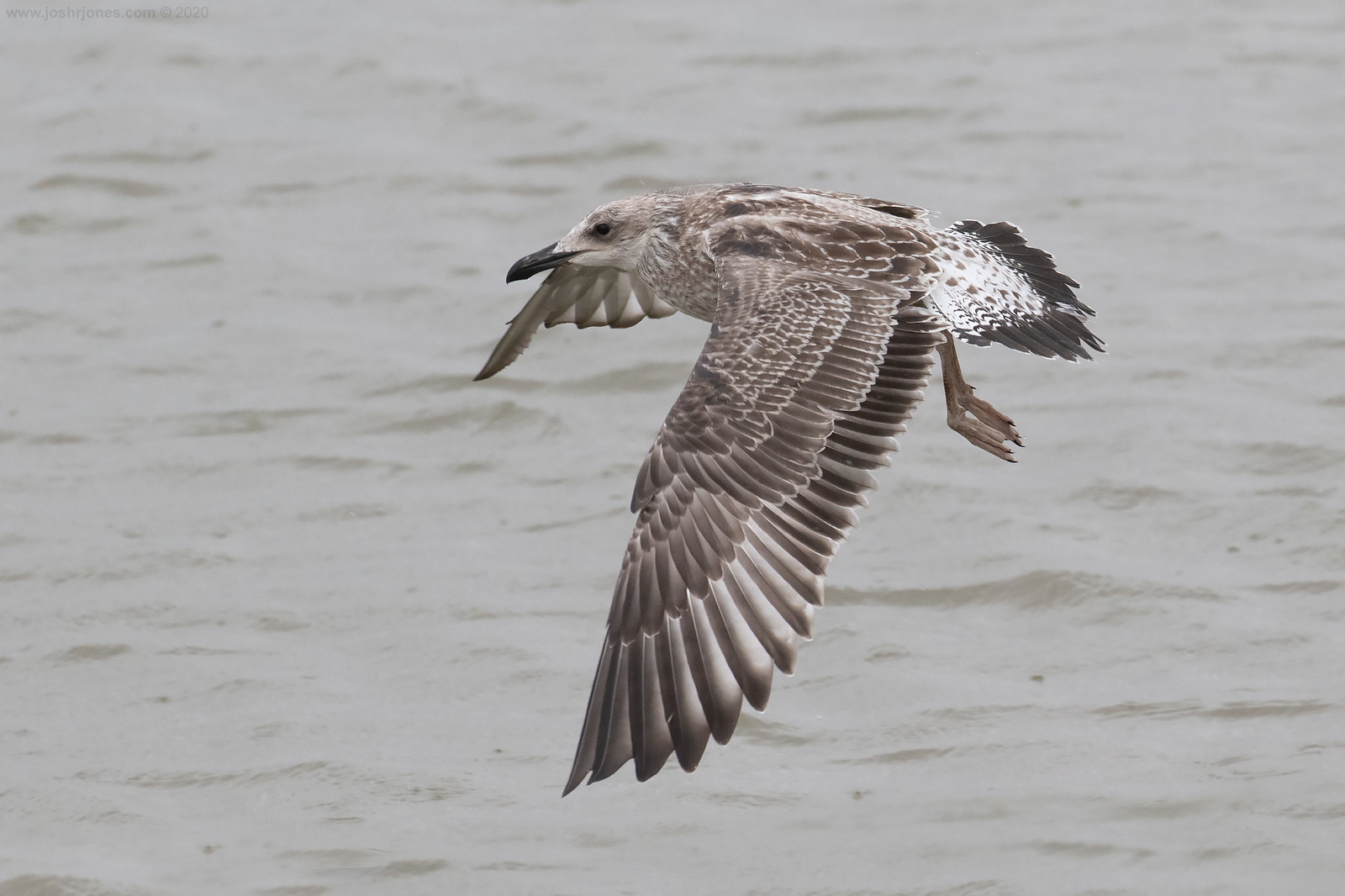
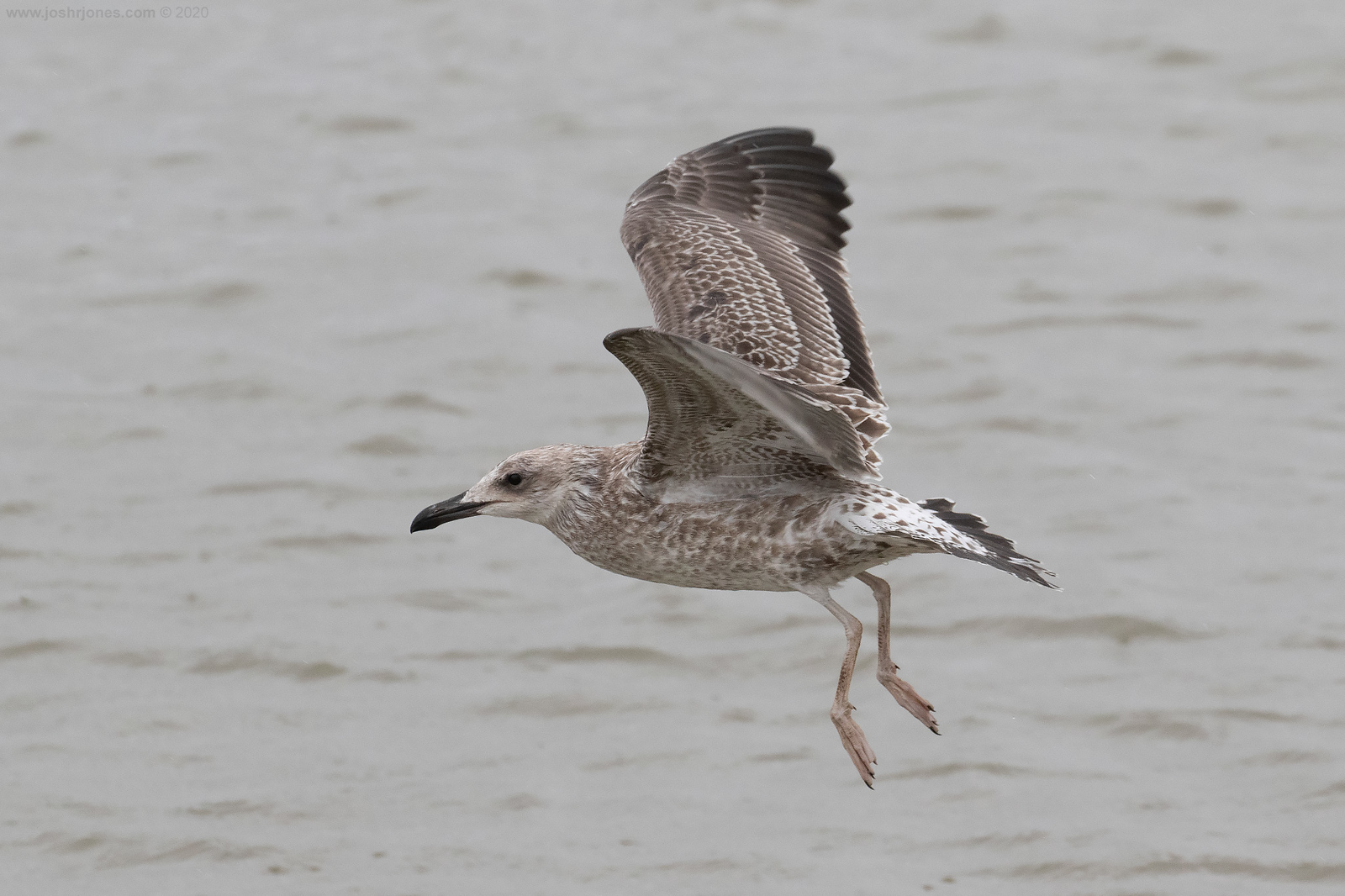
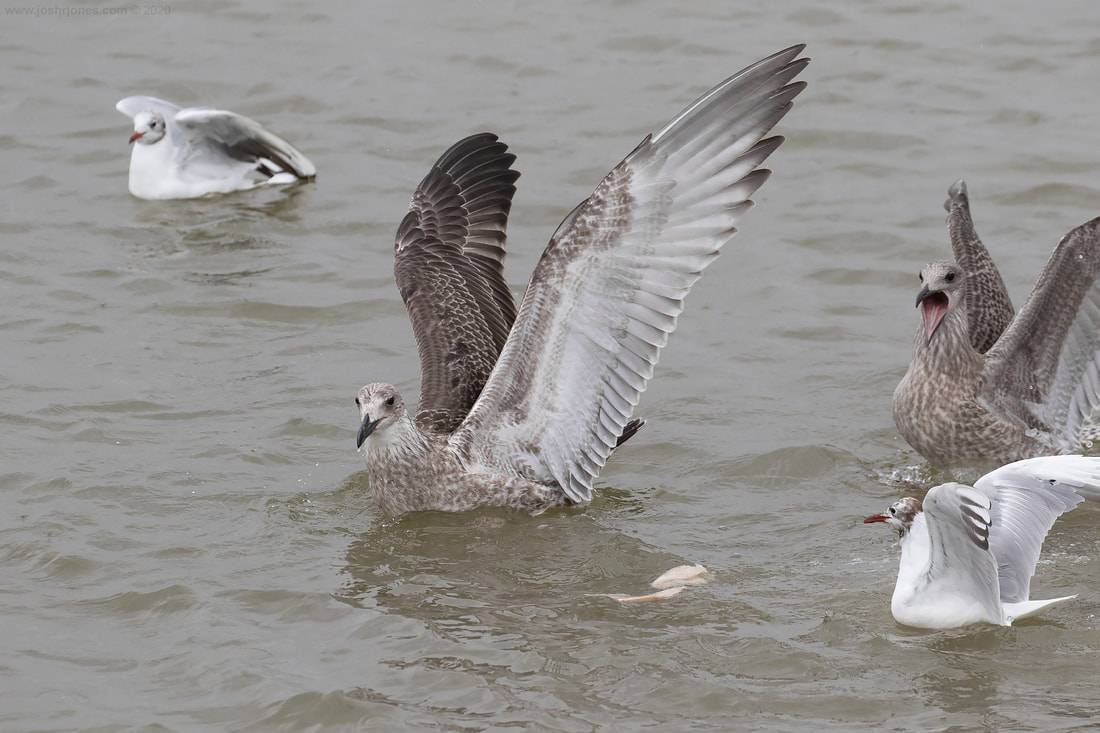
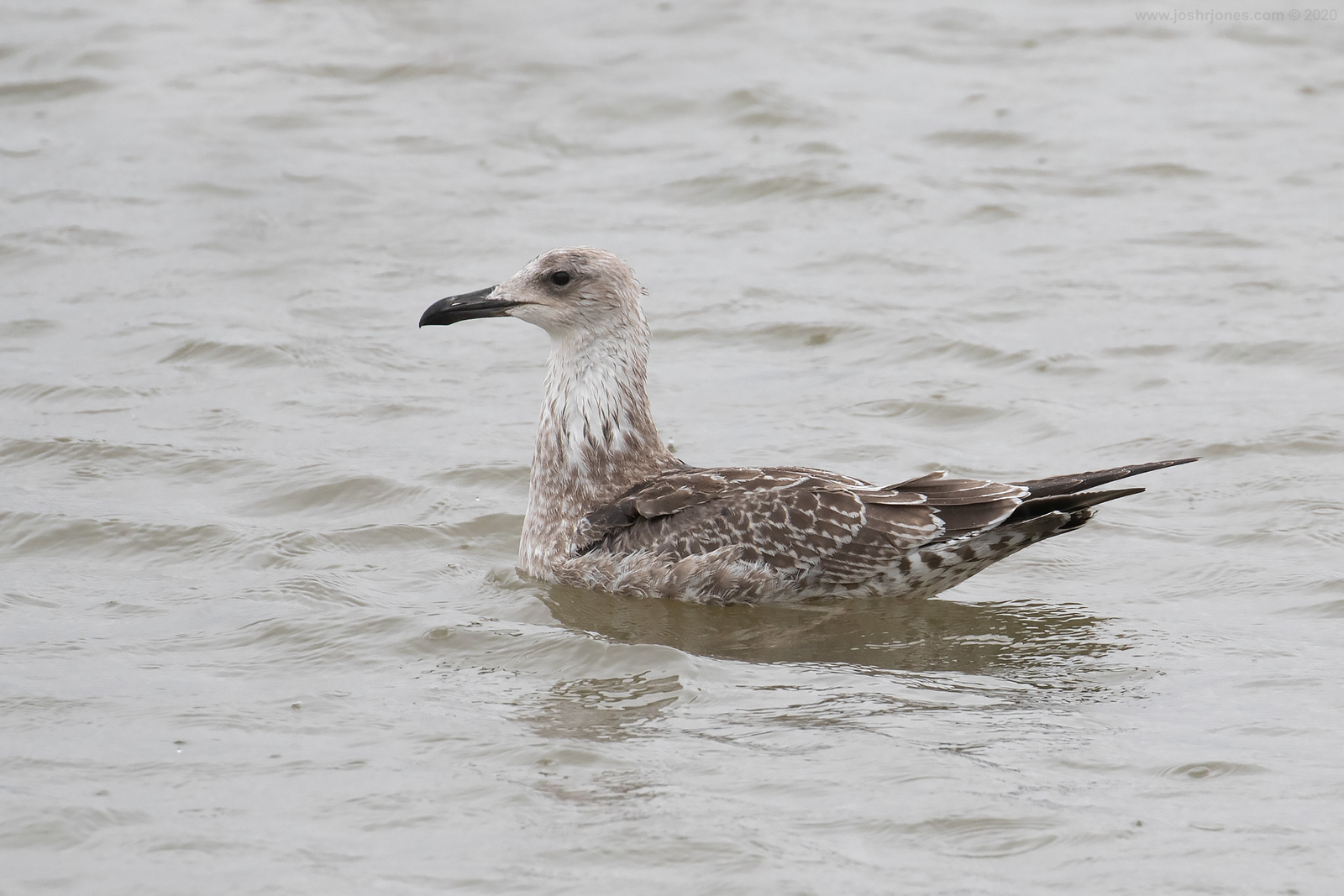
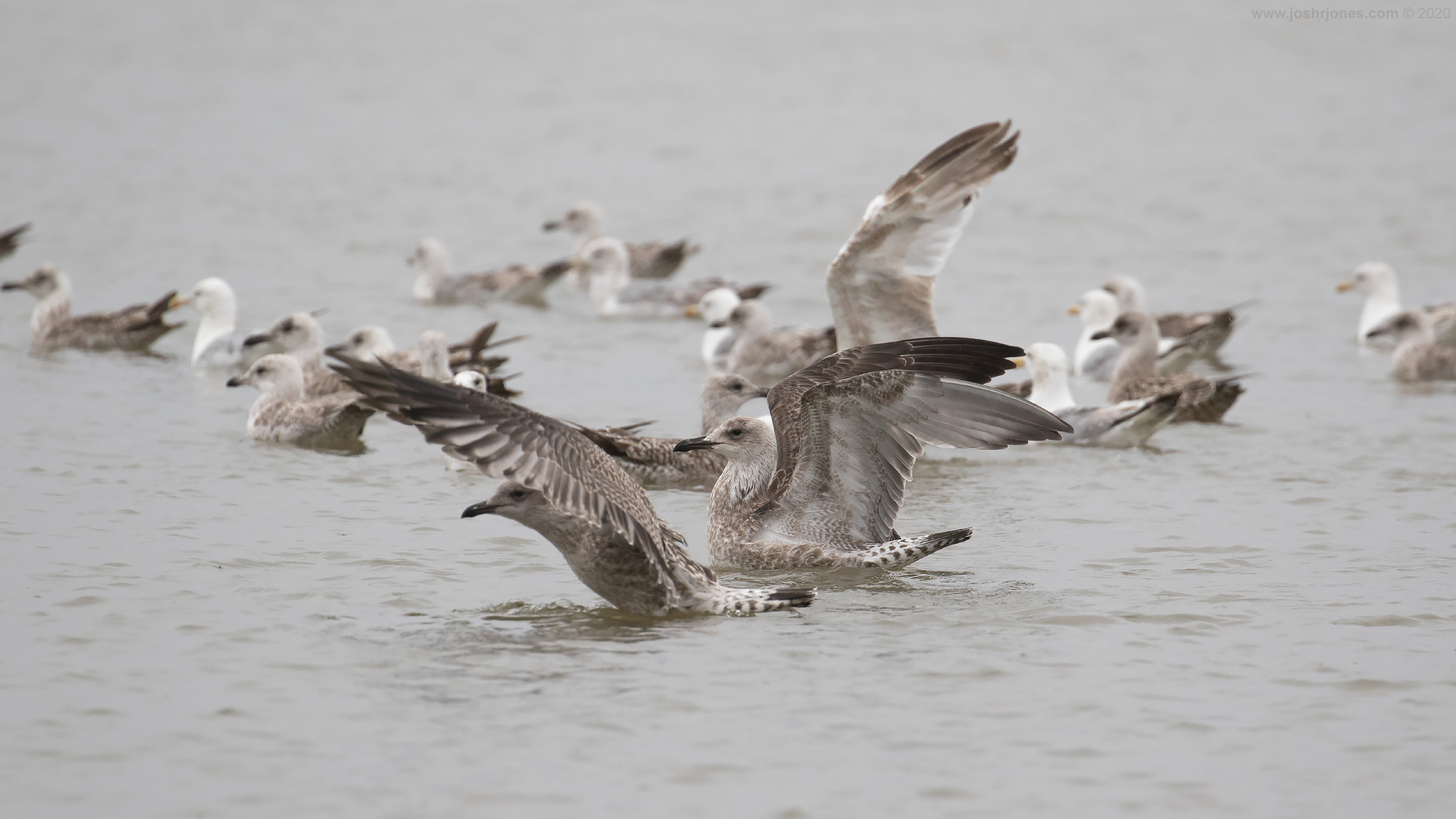
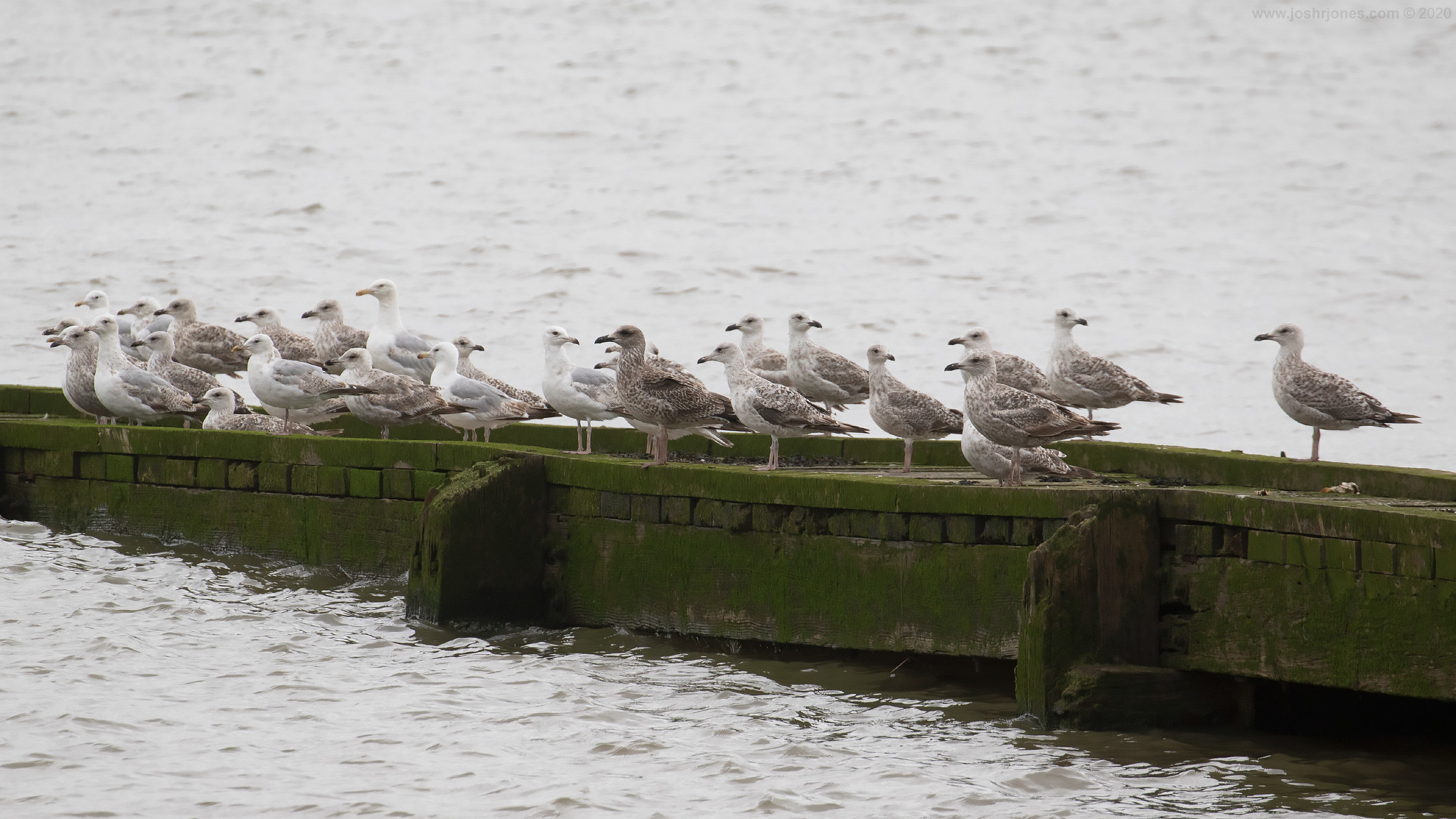
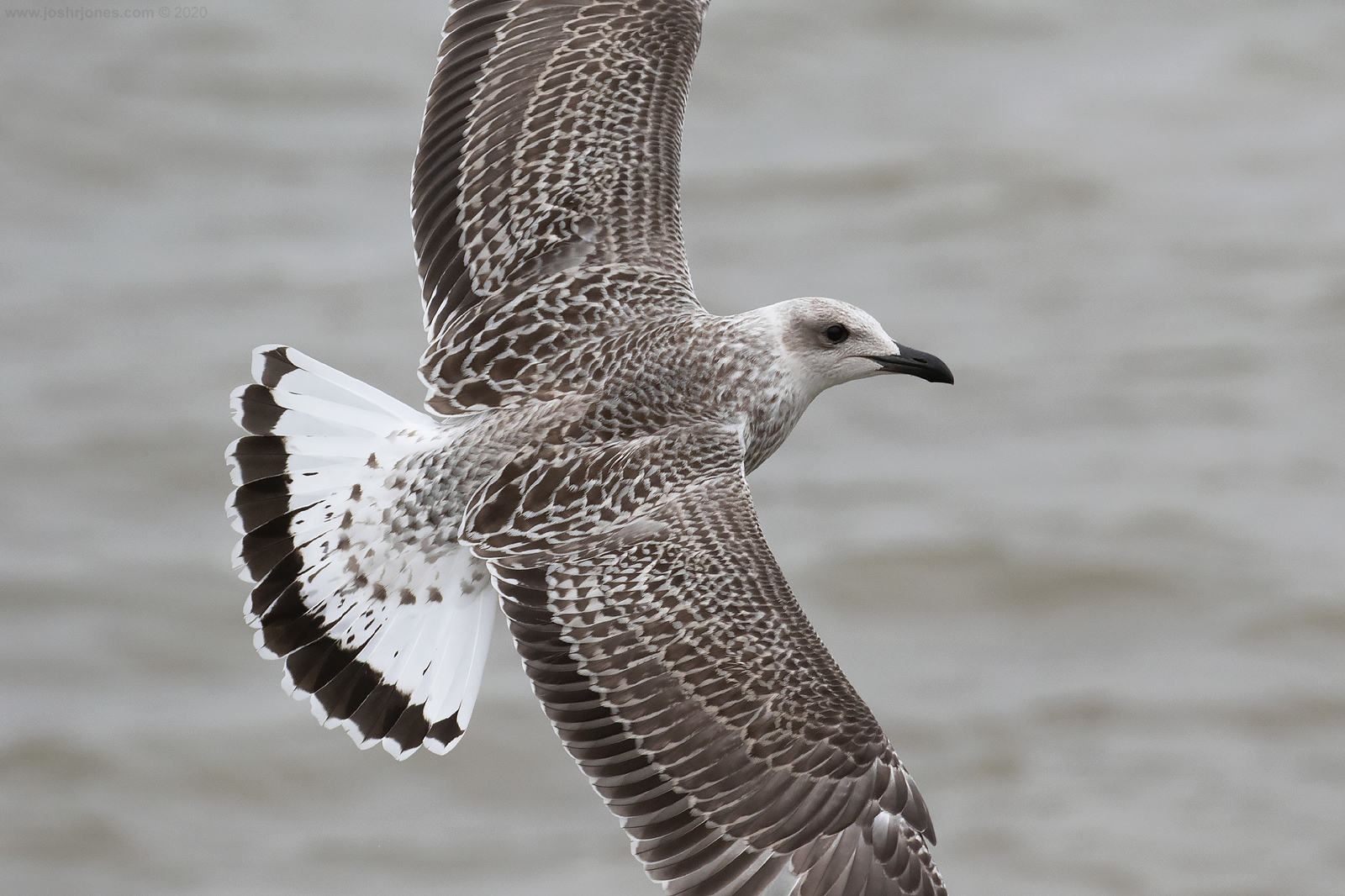
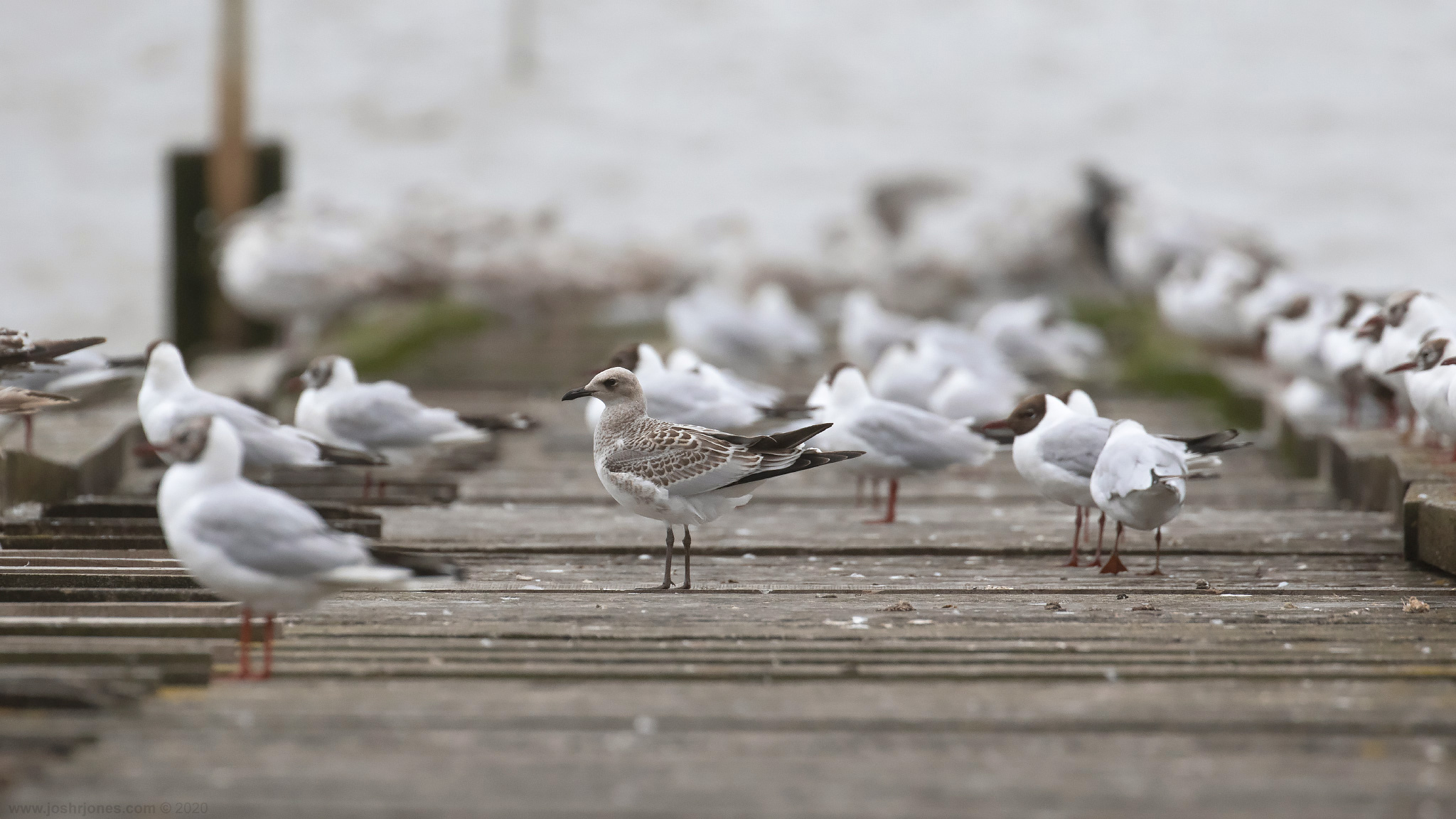
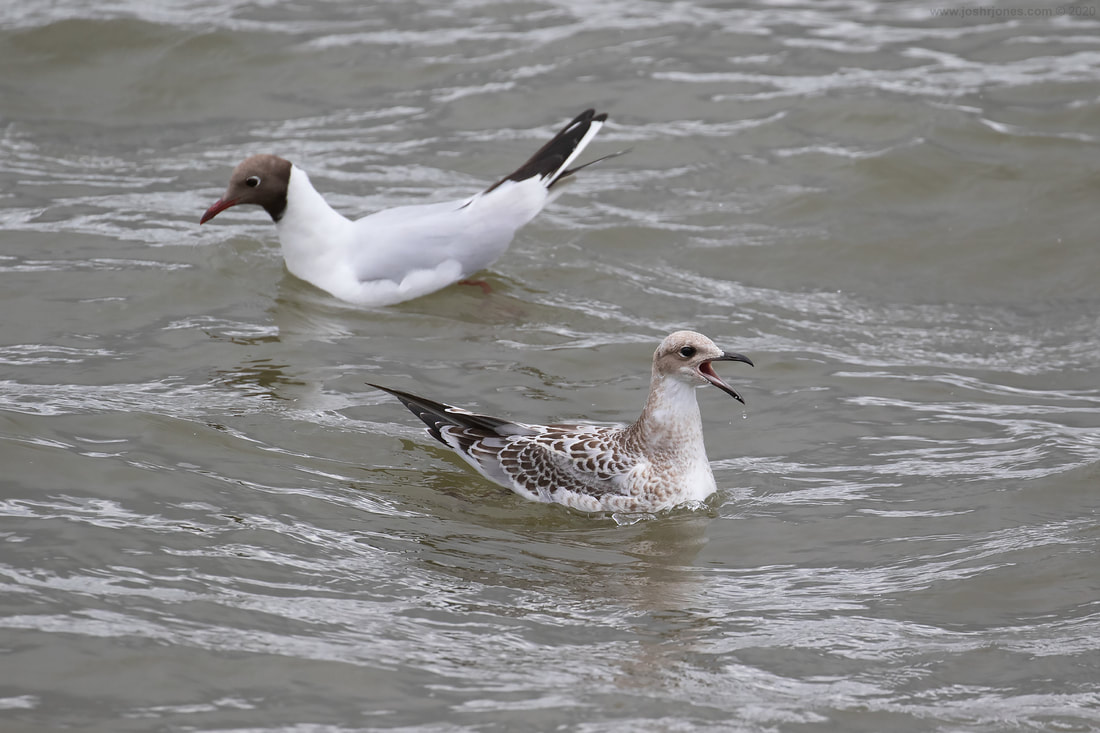
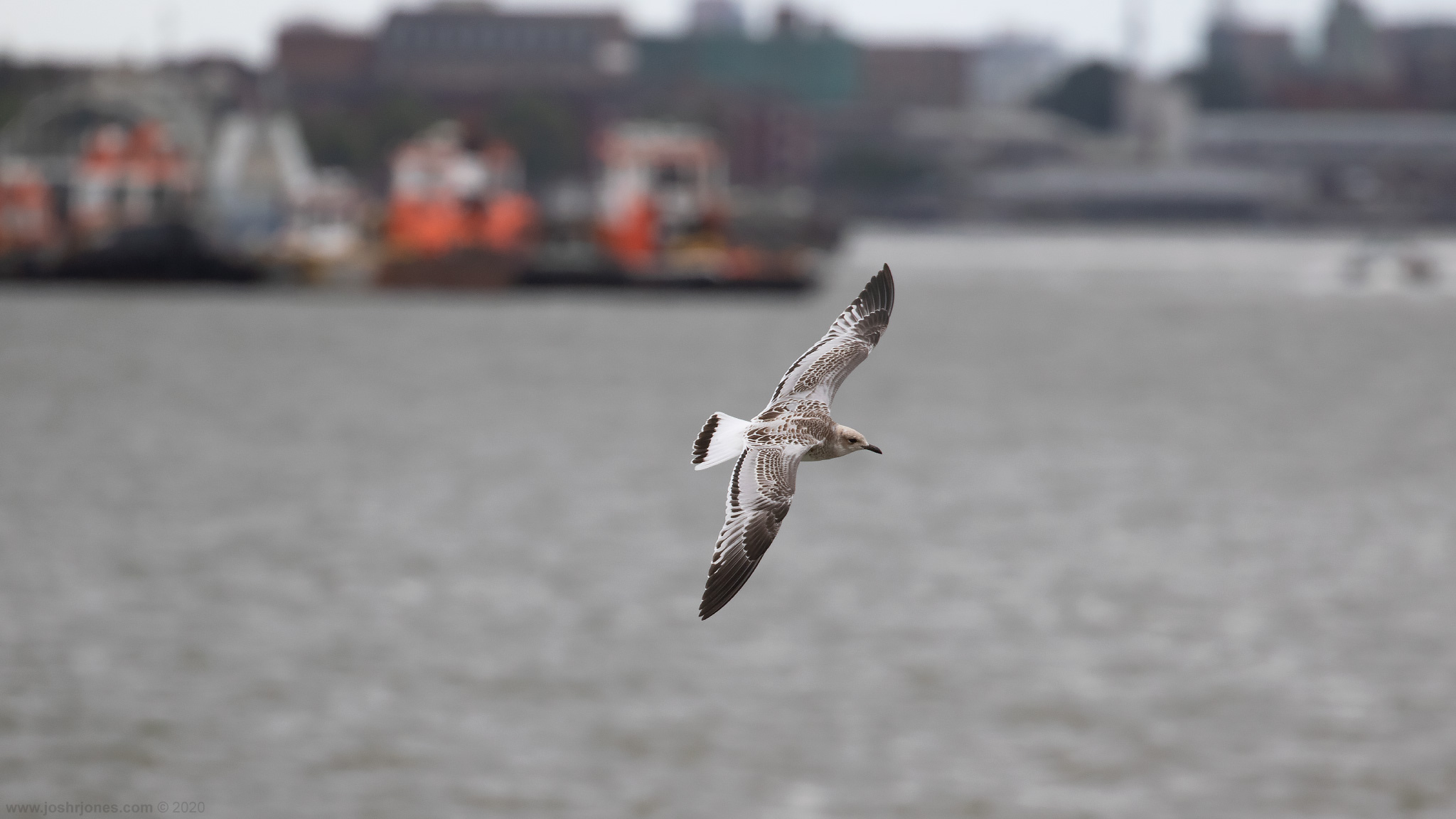
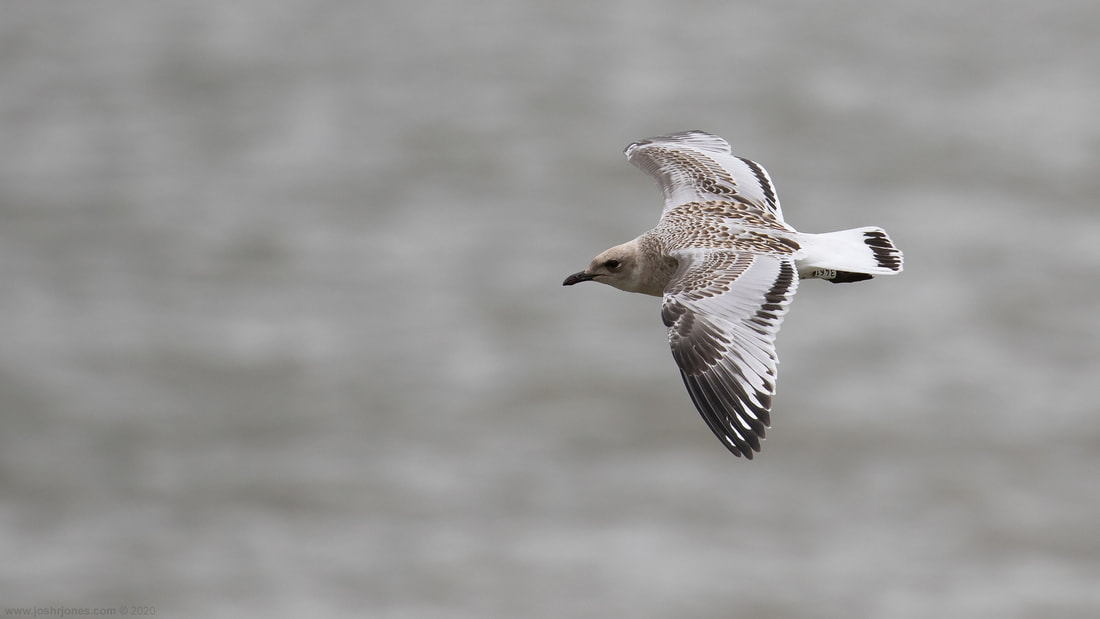
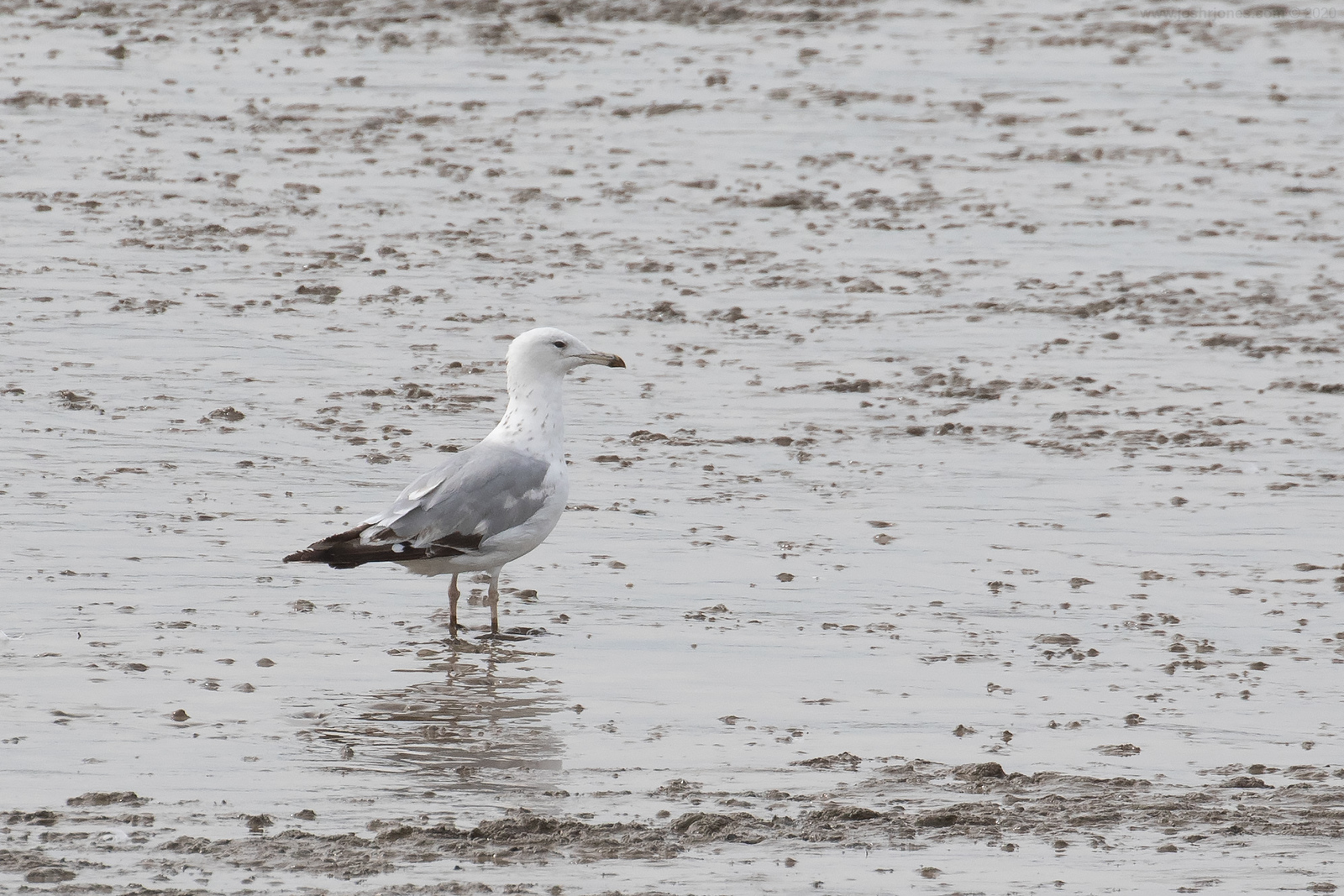
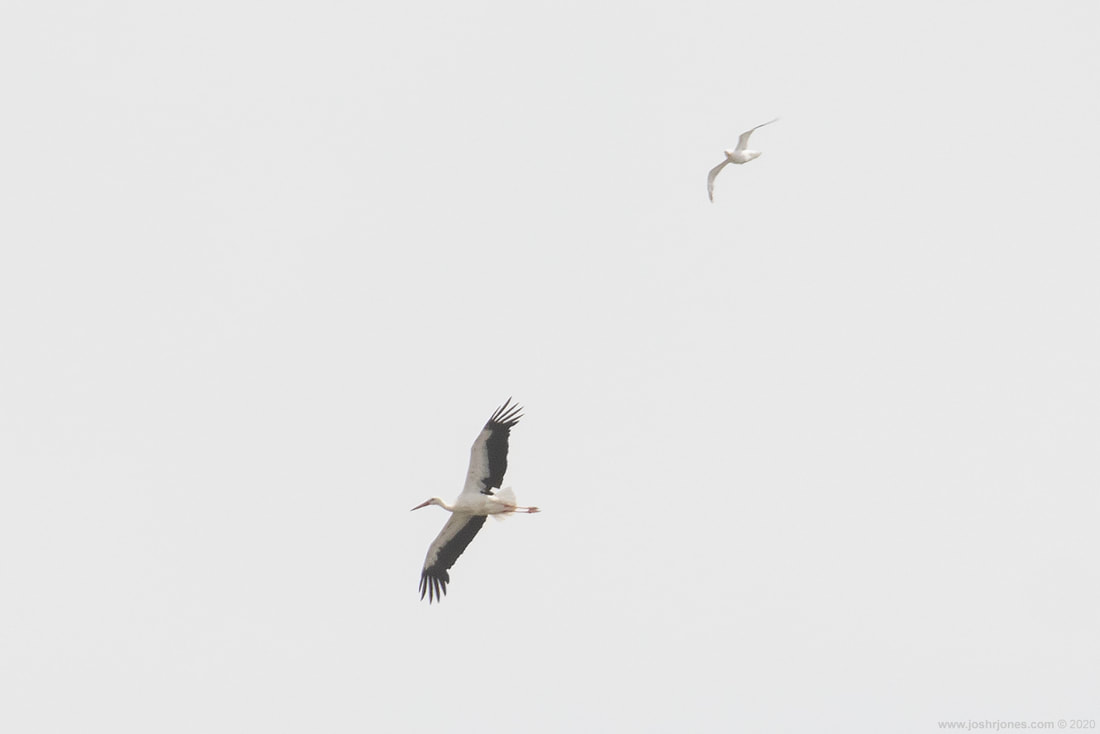

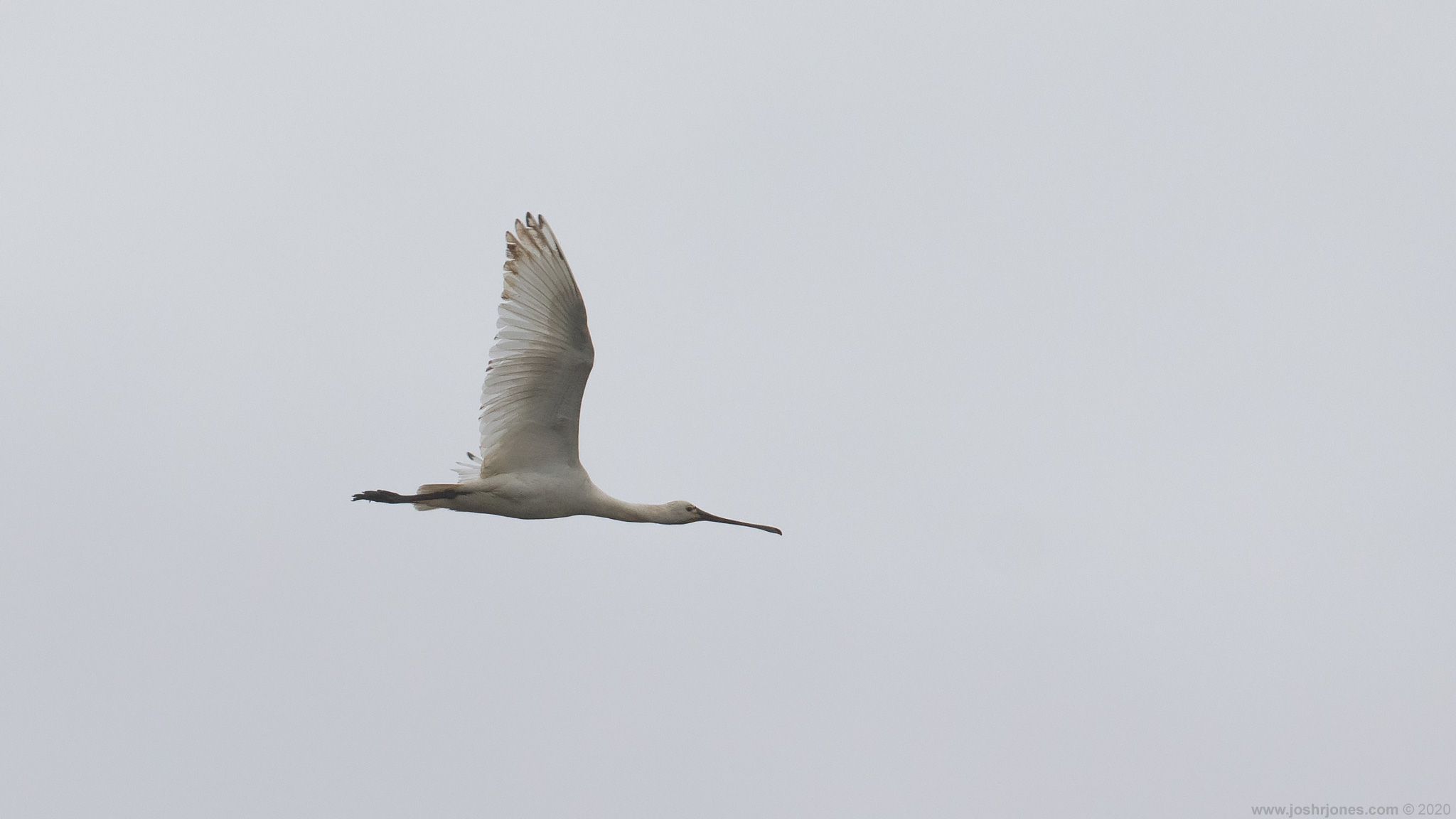
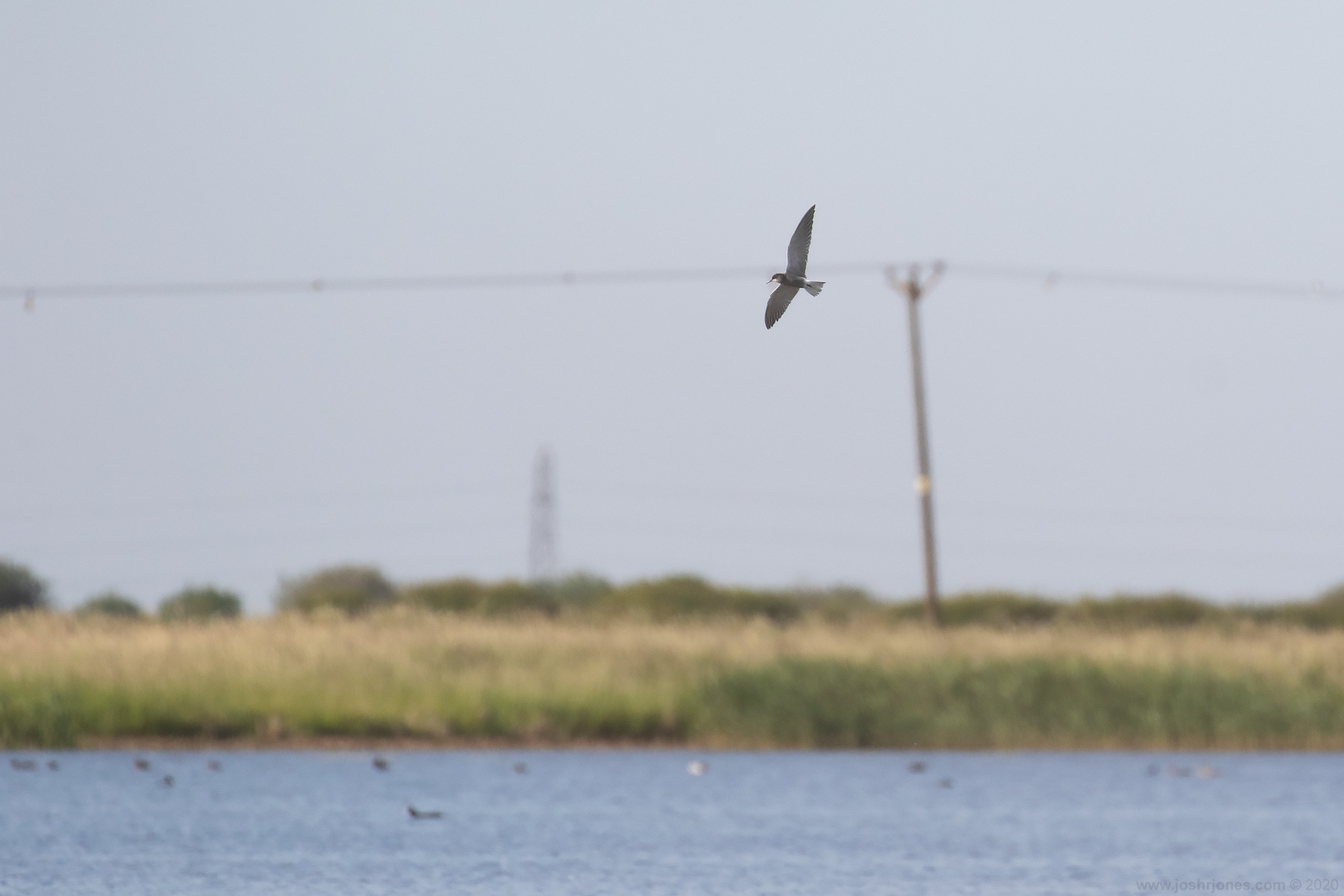
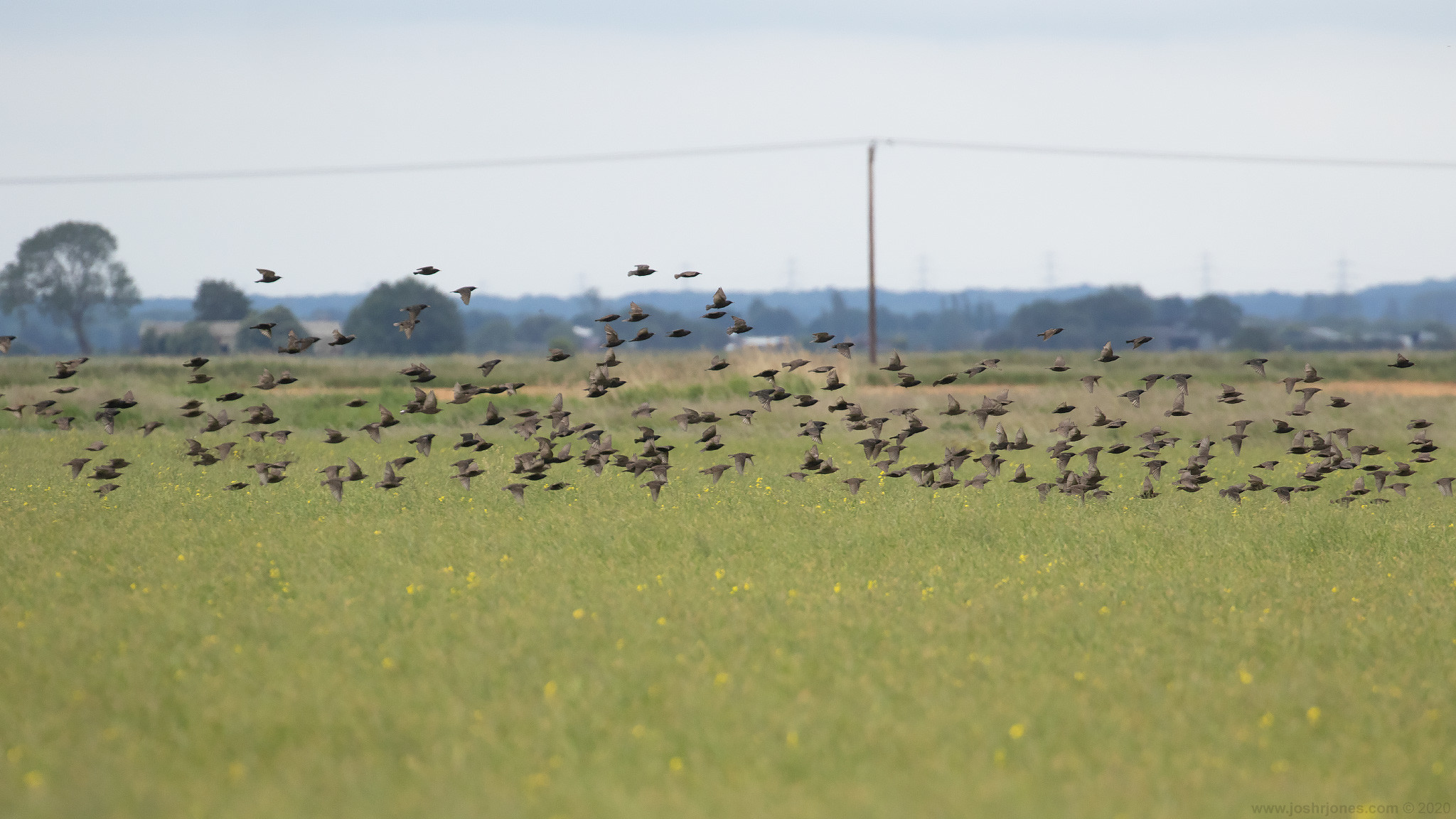
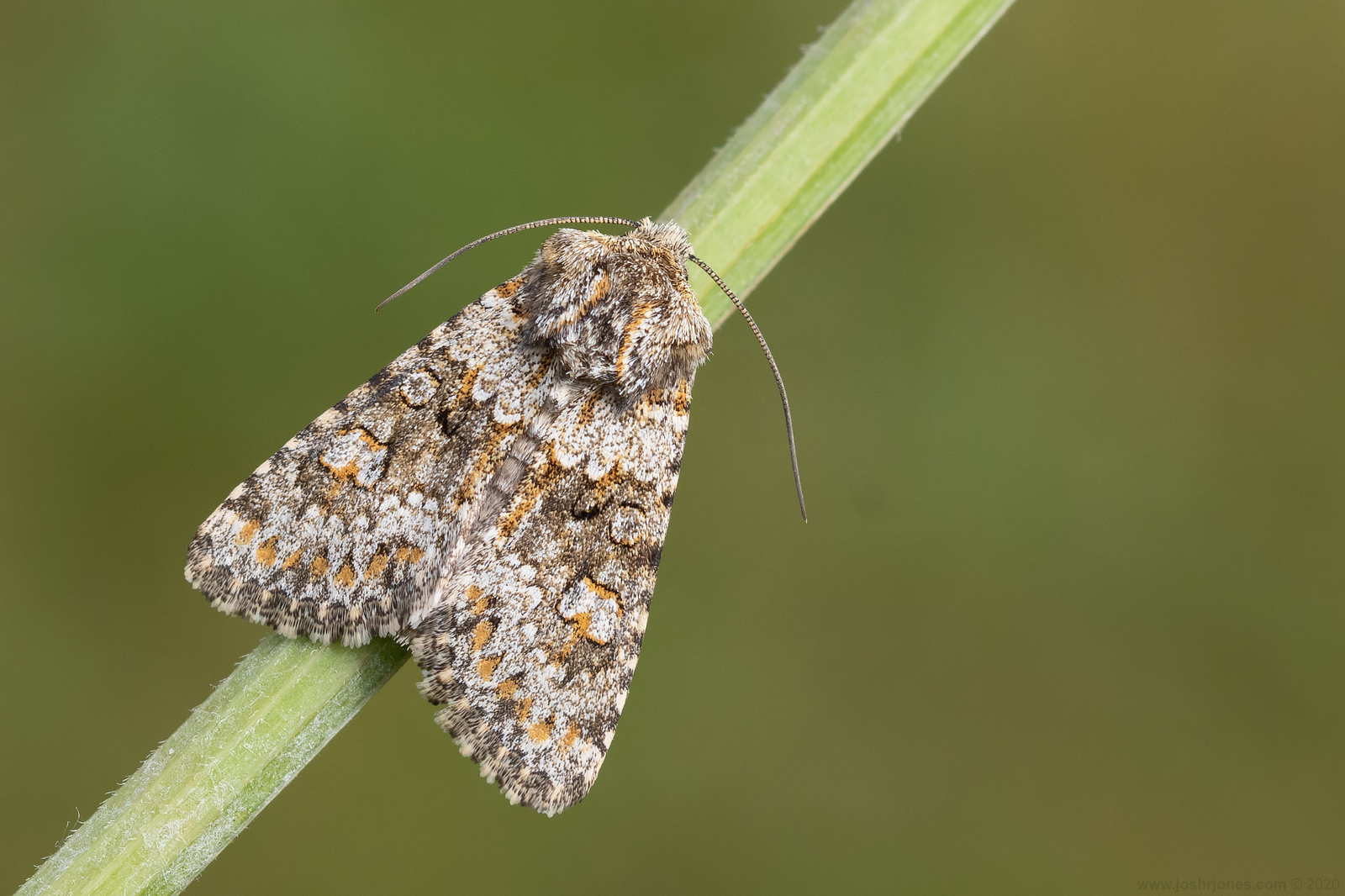
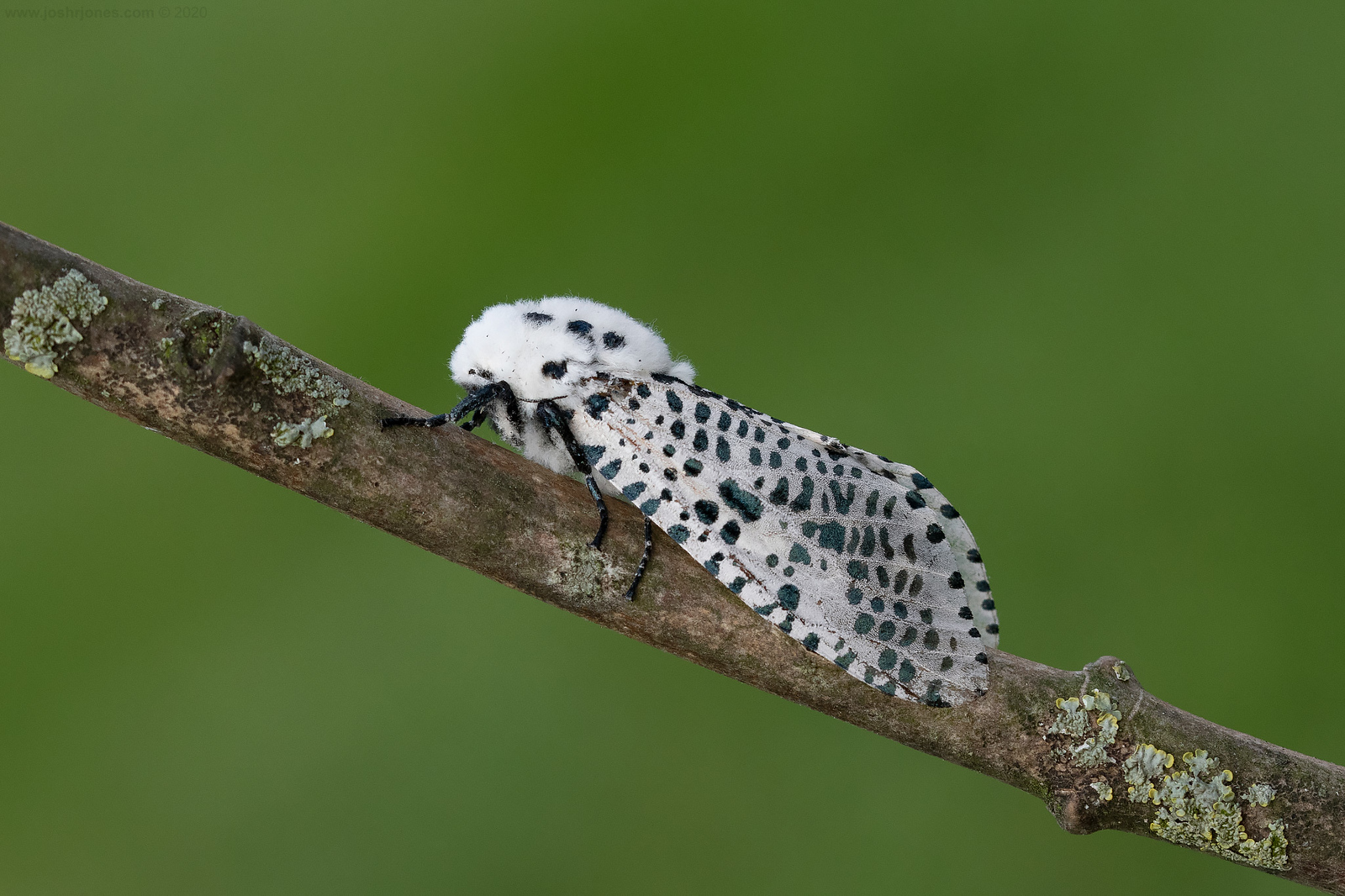
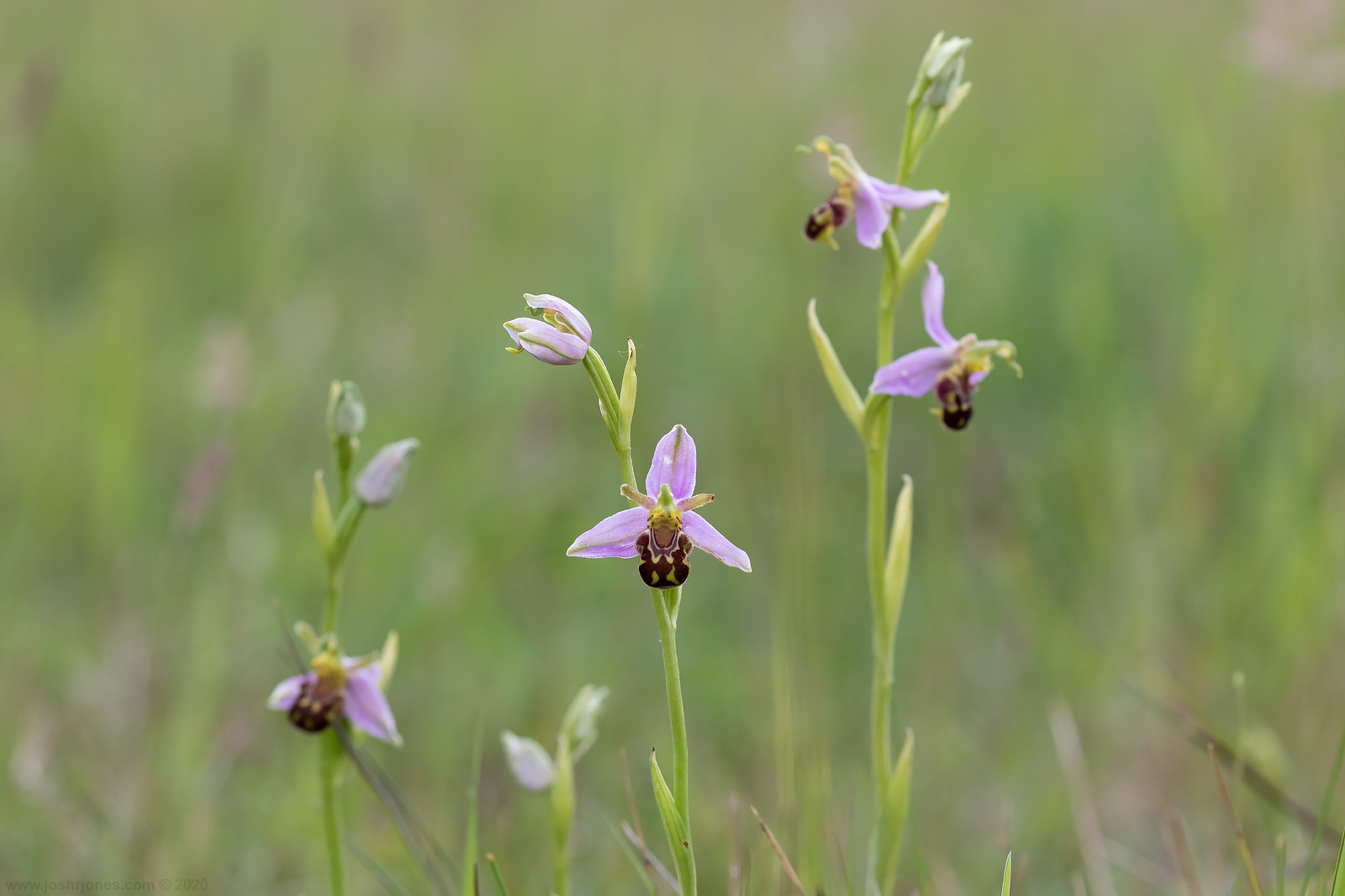
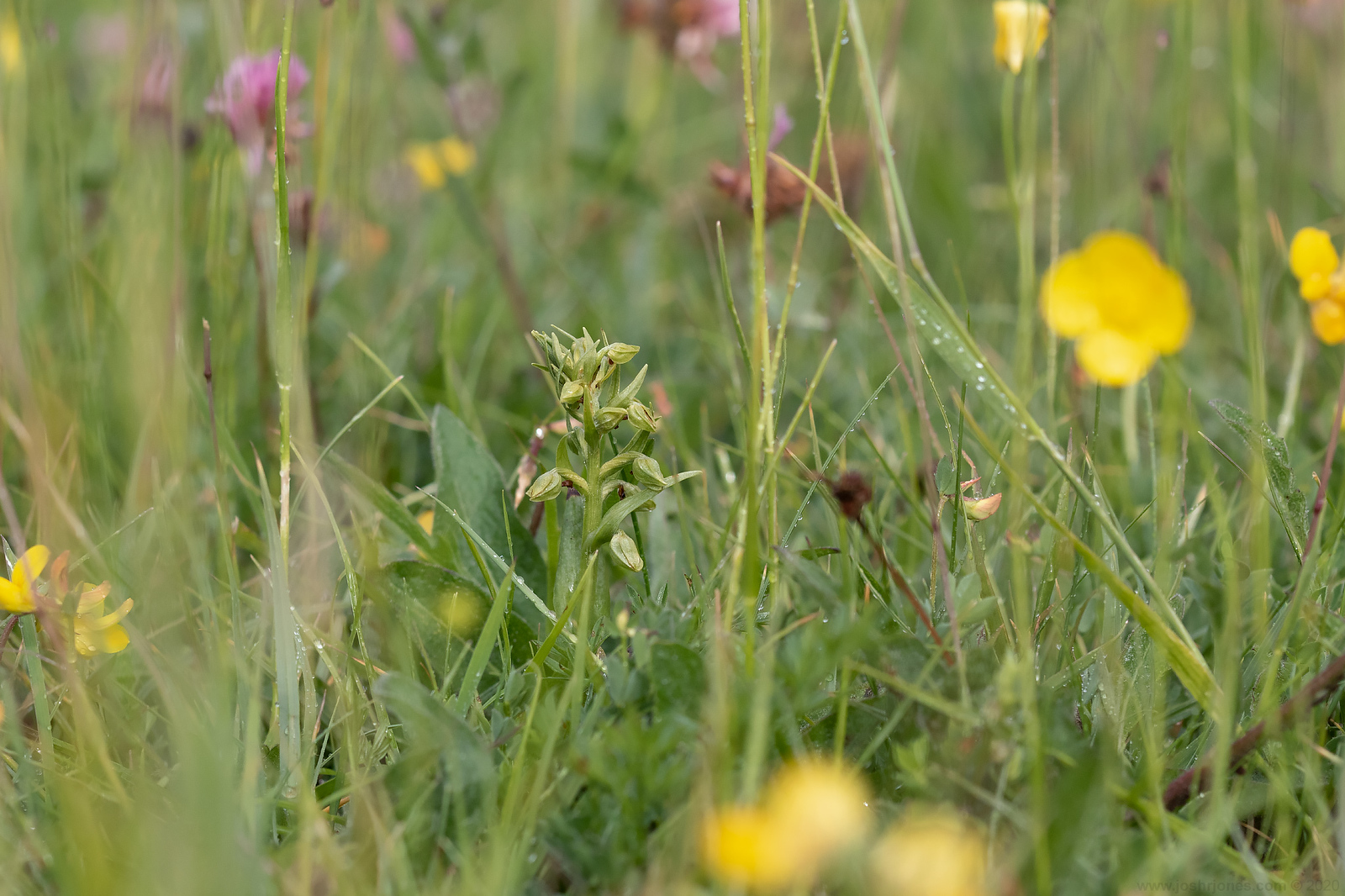
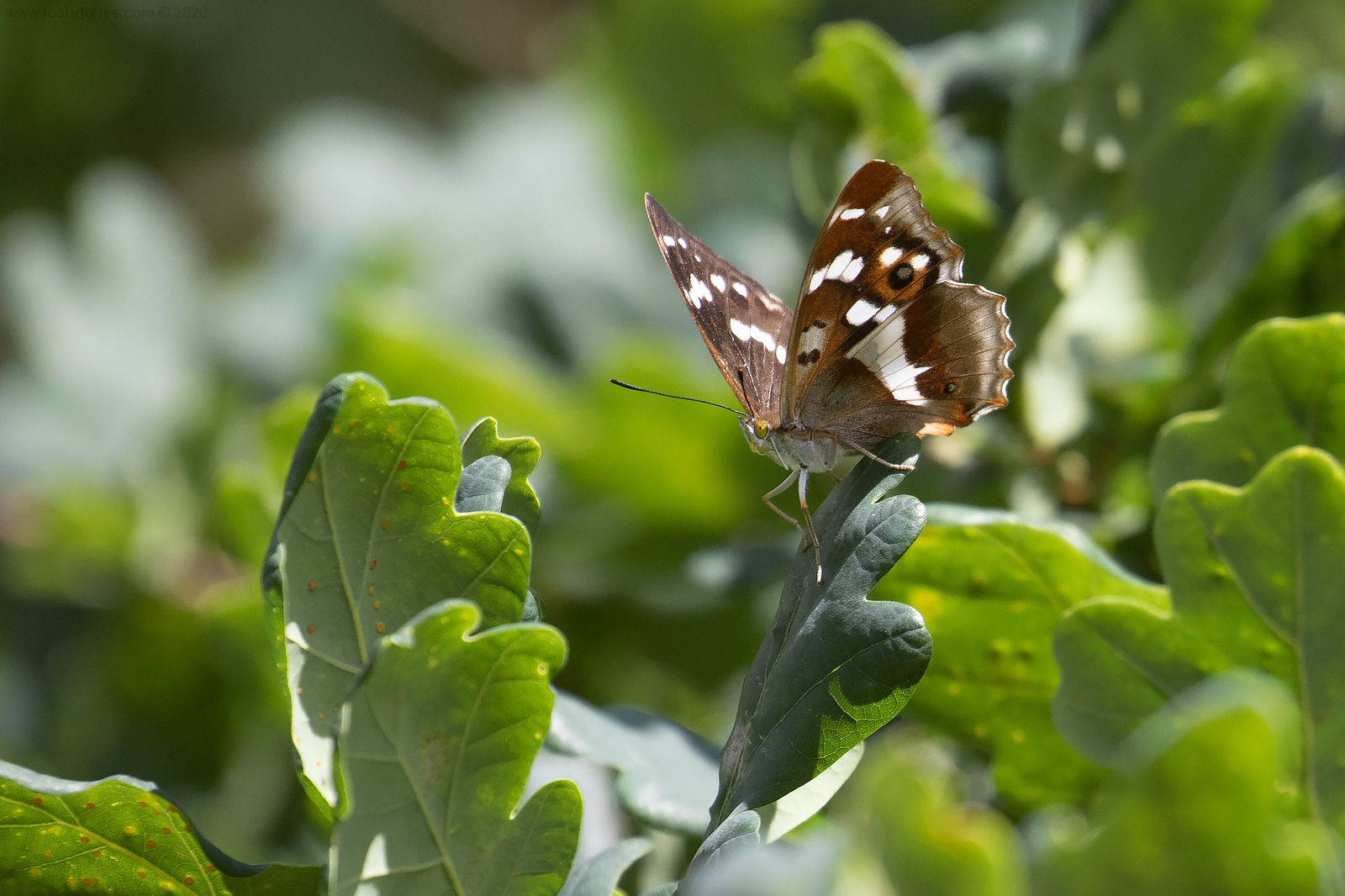
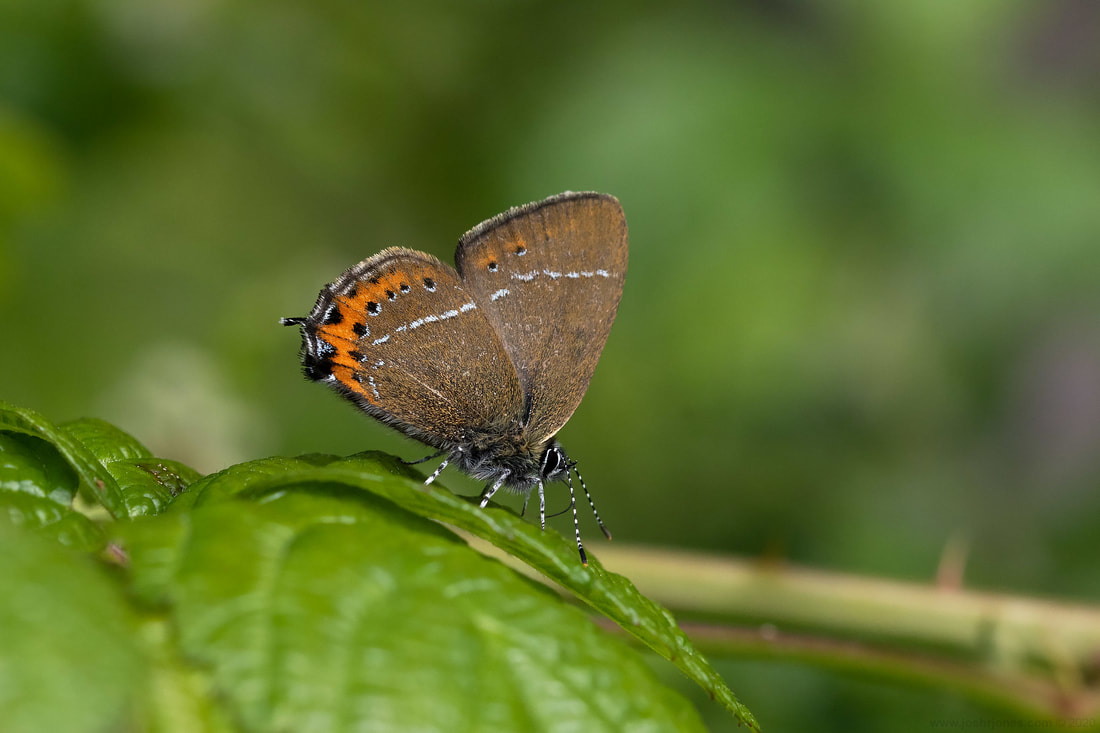
 RSS Feed
RSS Feed